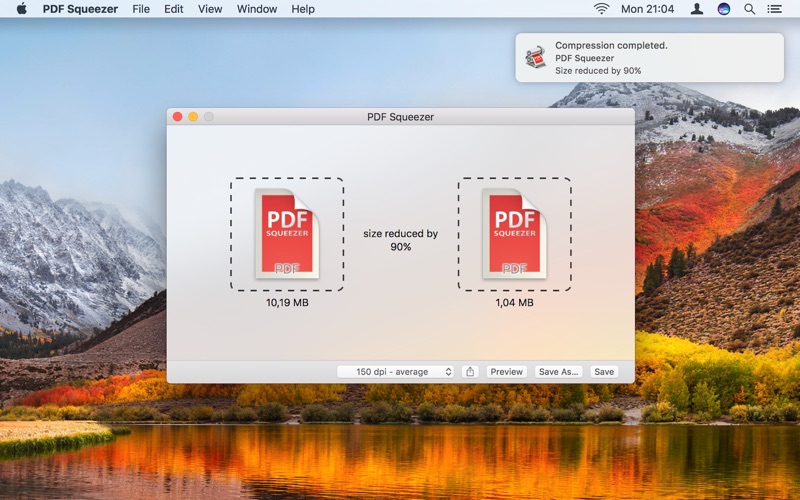The most popular versions of Nomad for Mac are 2.1 and 0.3. The program's installation file is commonly found as nomad-0_3_02.dmg.gz. Nomad is a free and open source editor for Clavia Nord Modular and Micro Modular synthesizers.
Eliminates noise and optimizes the quality of your digital photos. Photo Ninja is a graphical tool that specializes in removing noise (those annoying “bumps” that detract from the beauty and clarity to your digital photos). The program uses advanced technology algorithms to remove noise from images selections quickly and above all very effective, with very positive results in most cases with a high degree of conservation of sharpness and detail. Photo Ninja incorporates an attractive interface and intuitive design, from which you can zoom the image, display different color channels and much more.

We are experiencing a problem with flash projector.app executables that we build. When the app is downloaded from the internet on OSX sierra the message ' XXX can't be opened. You should move it to trash.' Clicking on the help icon next to it additionally displays the info: The app’s authorization has been revoked There may be a problem with this app.
Although the app was signed by an identified developer, the certificate for the app has been revoked, and it cannot be opened. The same app copied through a pen drive works fine. The same app downloaded over internet in other OSX versions runs fine. We have tried options like Settings>Security > allow apps downloaded from: Anywhere in the OSX Gatekeeper settings. The application being a app published by Flash CS6 is not something that we sign ourselves. I have also read elsewhere that the Flash Player certificate was revoked by apple earlier due to a breach. But updating the Flash software with latest patches has not made a difference.
Has anyone else experienced this issue. Any workarounds/advise? This is usually a permissions issue. If so, here's how to fix it: • Open Terminal and type the following command, but don't press enter: sudo chmod +x • Be sure to type a space after the x. • Then, navigate to the application in the Finder.

• Right-click it and choose 'Show package contents.' • Navigate to Contents/MacOS • Usually there's just one file; if so, select it. Otherwise, find the one that's most like the application's name, with no extension. • Click the file and drag it to the Terminal window. • Hit Enter/ Return and authenticate with an admin password.

 0 kommentar(er)
0 kommentar(er)
